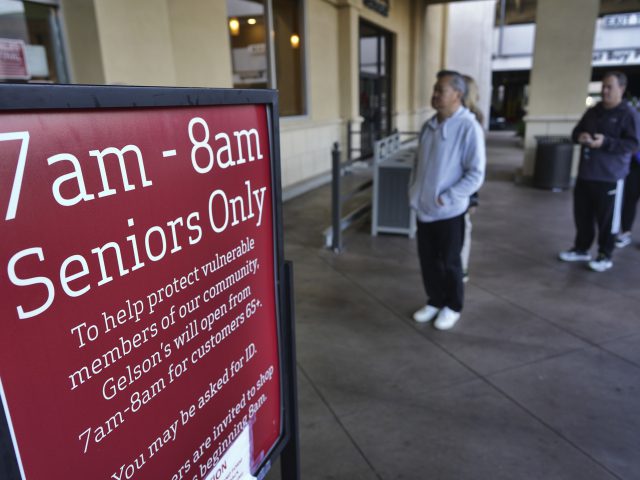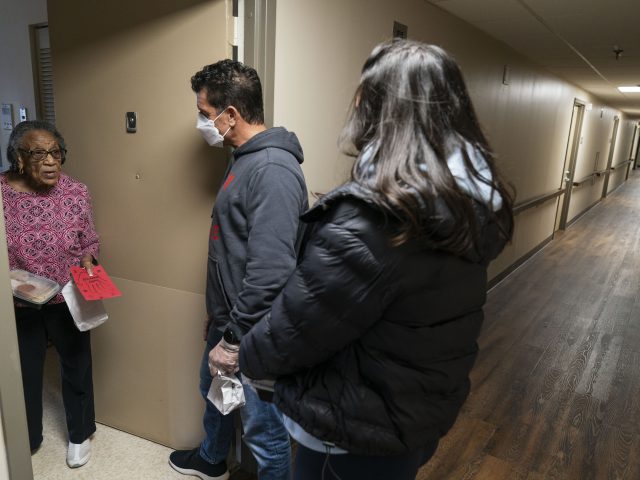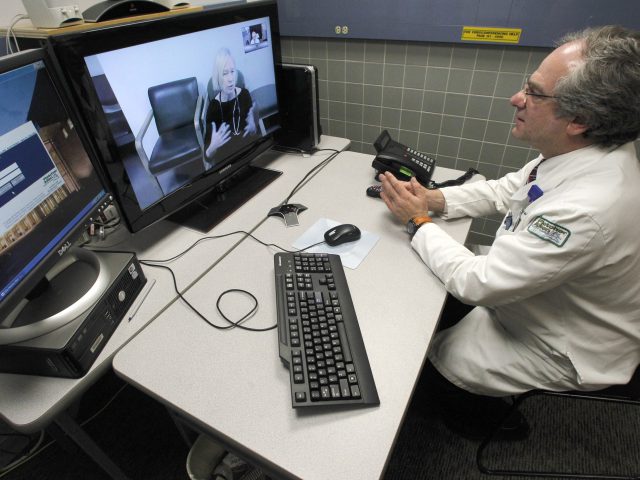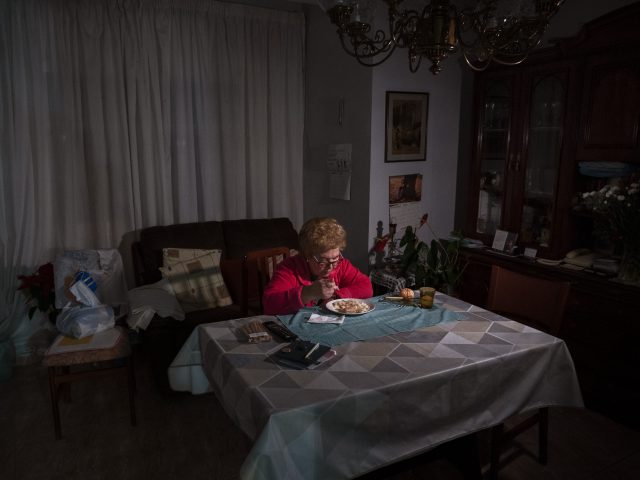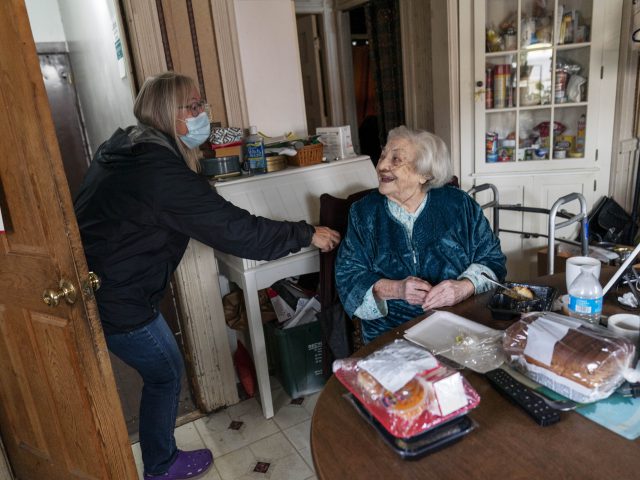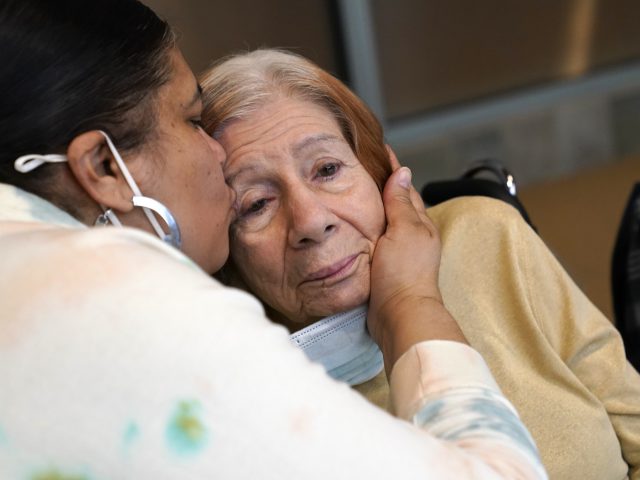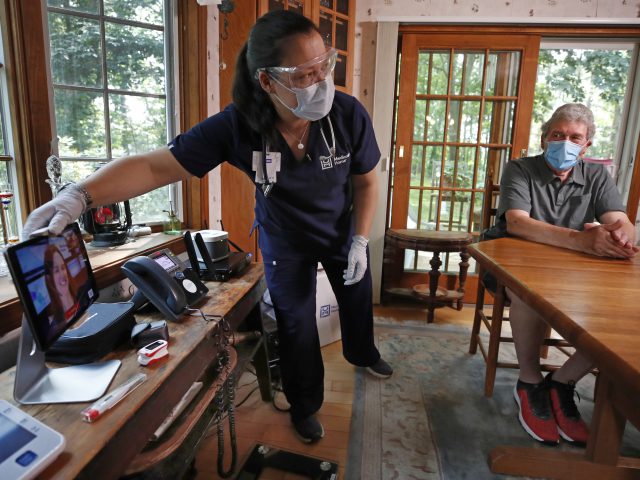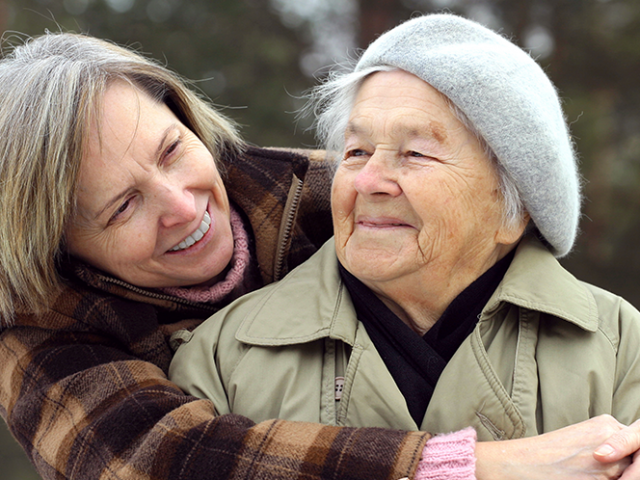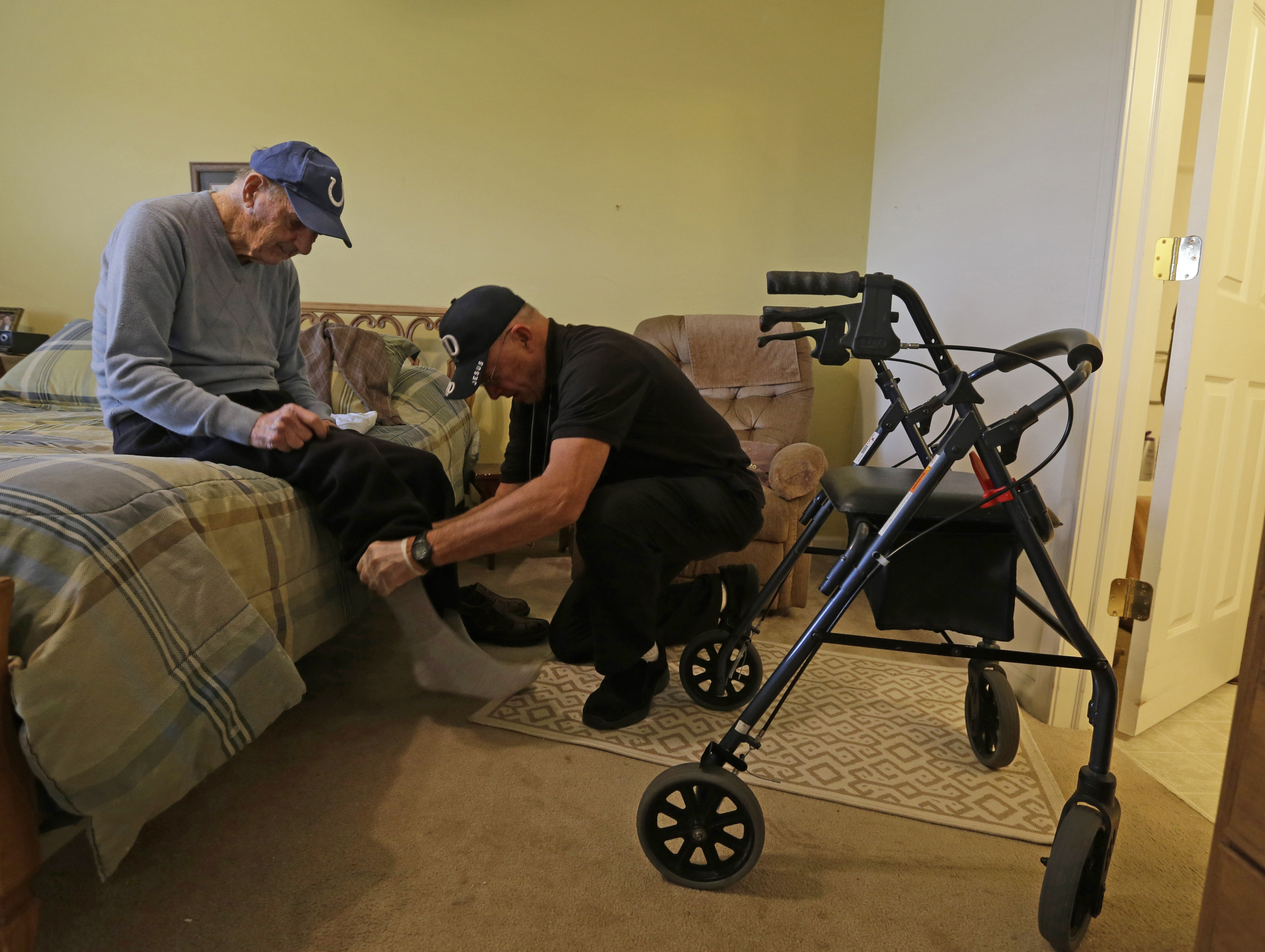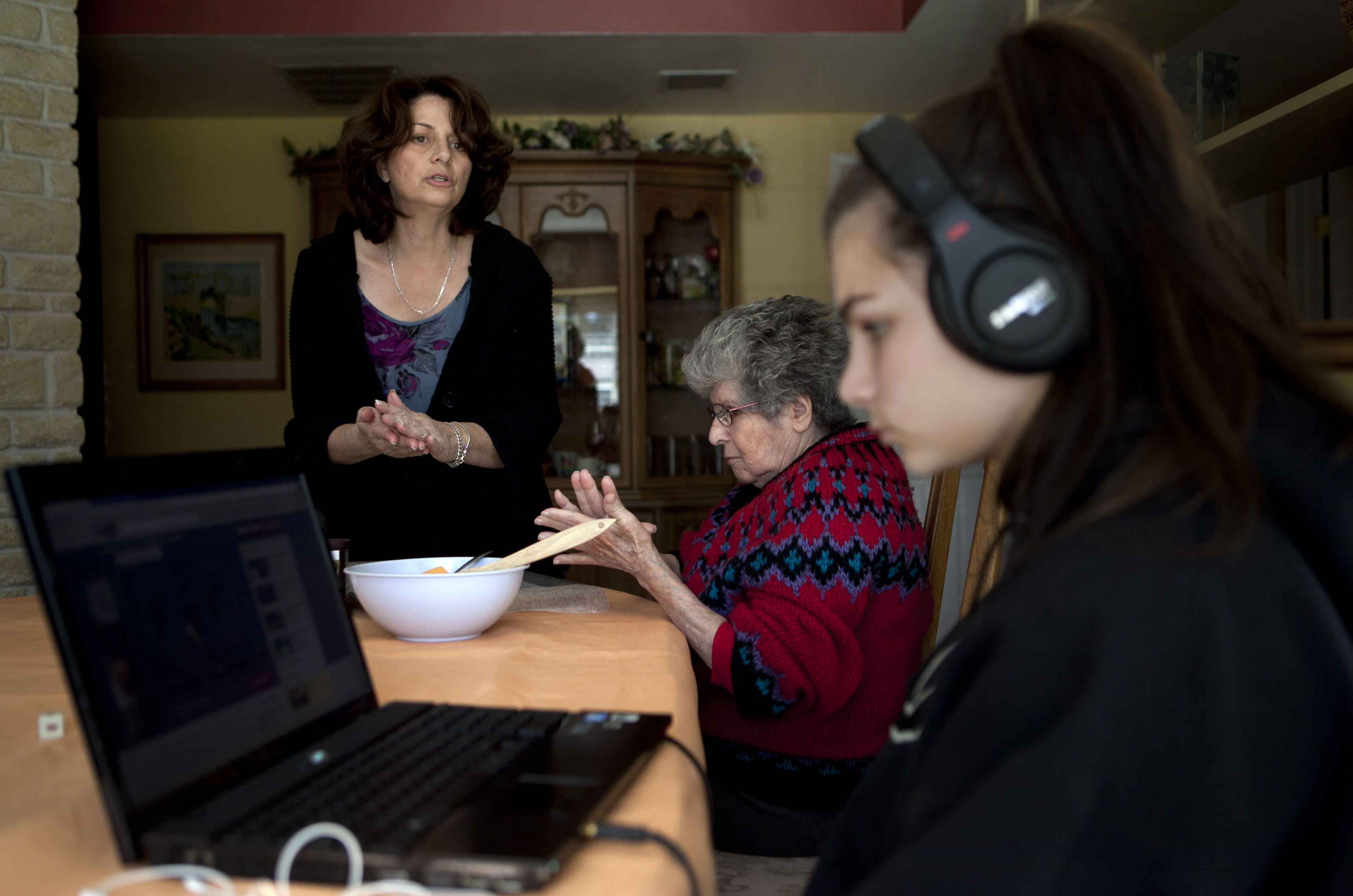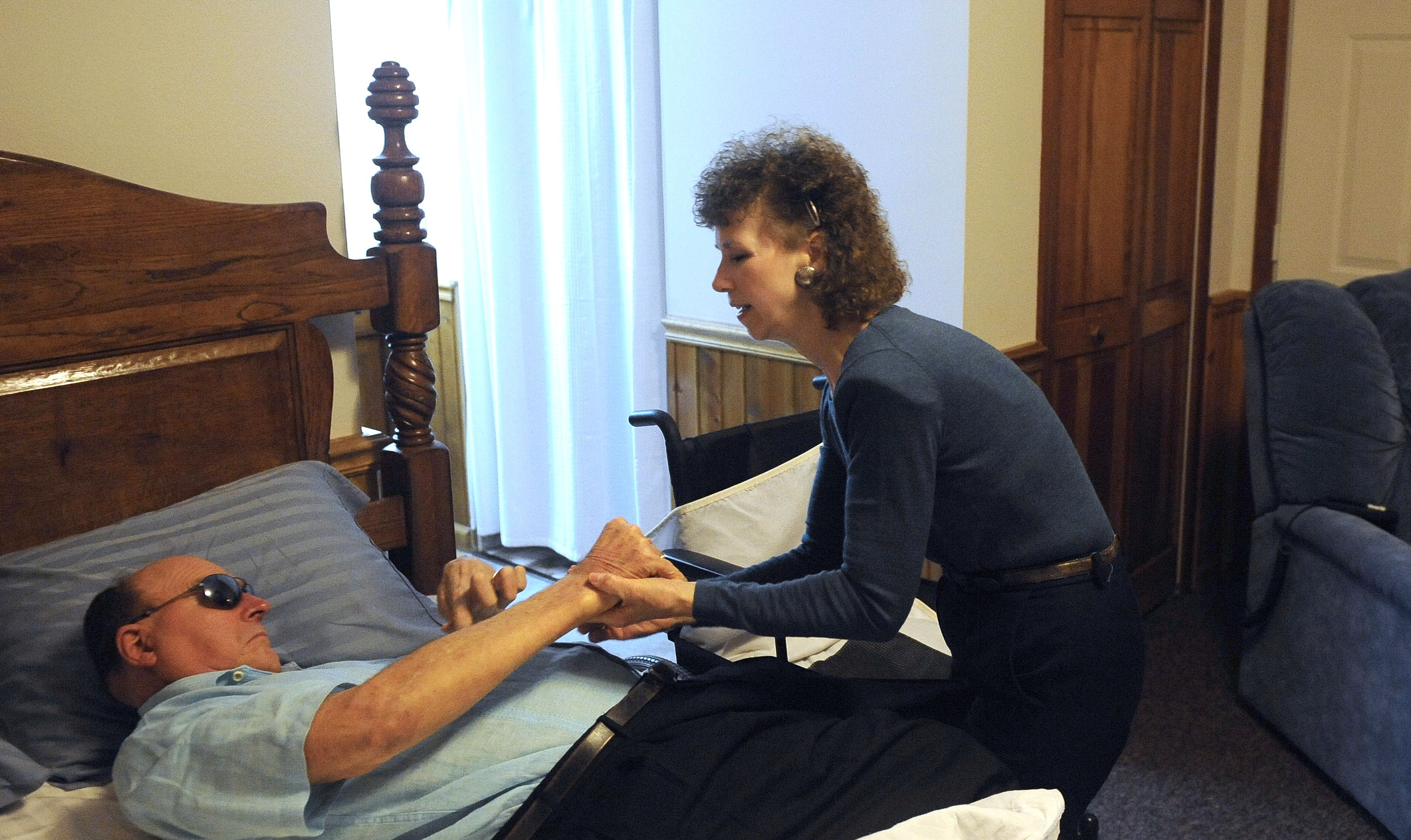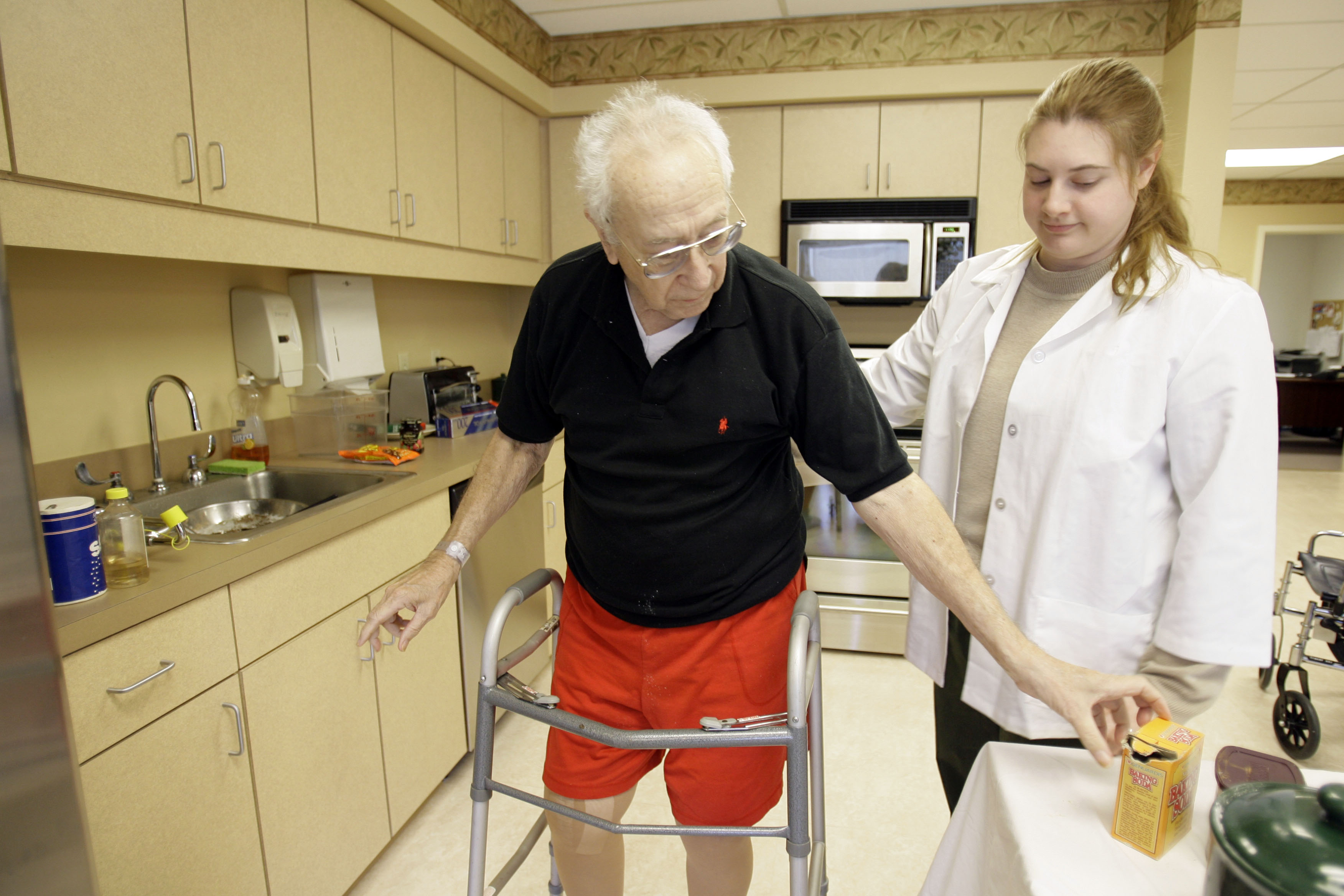Support for Greater Government Role in Health Care for Older Adults
About half of adults in America think Medicare and Medicaid should play large roles in paying for ongoing living assistance for older adults, along with private insurers. And majorities of Democrats and Republicans favor policies to help Americans prepare for the costs of providing and receiving long-term care. The survey found bipartisan support for a host of policies to help pay for the costs of long-term care and caregiving, many of which would involve an expanded role for the federal government. Interviews were conducted between July 28-August 1, 2022, with 1,505 adults age 18 and older, including 350 interviews with African American respondents and 375 Hispanic respondents.
Data were used in the report, “Support for Greater Government Role in Health Care for Older Adults,” as well as the infographics, “Visualizing Support for Greater Government Role in Health Care for Older Adults.”
Americans’ Readiness to Emerge from the Pandemic and Changes to Daily Life
The lives of most adults in America were changed by the pandemic. While not everyone expects to regularly use services accelerated by COVID-19 like curbside pickup, grocery delivery, telehealth, or reduced-capacity “senior hours” once the pandemic ends, many have gained familiarity with them and think it is a good thing that these changes may remain available as options in daily life. Interviews were conducted between May 12-16, 2022, with 1,001 adults age 18and older.
Data were used in the report, “Americans’ Readiness to Emerge from the Pandemic and How Their Daily Lives Have Changed,” as well as the infographics, “Visualizing Americans’ Readiness to Emerge from the Pandemic and Changes to Daily Life.”
Equity and Aging in the Community
Older adults by and large feel prepared to age in their current communities and are confident in the availability of and access to services in their community that will support their ability to age at home. But while still holding a generally positive outlook, some segments of this population—especially those with lower incomes, those living in rural areas, and Black or Hispanic older adults—have more reservations about the services in their area that support aging. Interviews were conducted between February 24-March 1, 2022, with 1,762 adults age 50 and older, including 432 interviews with African American respondents and 401 Hispanic respondents.
Data were used in the report, “Equity and Aging in the Community,” as well as the infographics, “Visualizing Equity and Aging in the Community.”
Telehealth and Equity
Use of telehealth has been common during the pandemic among adults age 50 and older, according to a 2021 survey of adults age 50 and older by The Associated Press-NORC Center for Public Affairs Research. Perceptions about its advantages and disadvantages highlight some ways that telehealth may exacerbate equity issues in the health care system and other ways it may reduce disparities. Interviews for this survey were conducted November 12-15, 2021, with 1,000 adults age 50 and older.
Data were used in the report, “Telehealth and Equity,” as well as the infographics, “Visualizing Telehealth and Equity.”
Coronavirus Worries and Social Isolation among Older Adults
With COVID-19 case counts remaining high in much of the United States, many adults age 50 and older remain worried about infection. These people are more likely to practice social distancing and to feel socially isolated, according to a 2021 survey by The Associated Press-NORC Center for Public Affairs Research. Interviews for this survey were conducted August 20-23, 2021, with 1,015 adults age 50 and older.
Data were used in the report, “Coronavirus Worries and Social Isolation among Older Adults,” as well as the infographics, “Visualizing Coronavirus Worries and Social Isolation among Older Adults.”
Long-Term Care in America: How Well Can Communities Support Aging at Home?
Overall, more people think their local area is doing a good job than a poor job meeting the needs of older adults when it comes to many services, including health care, healthy food and nutrition, social activities, transportation, and in-home supports, according to a 2021 study from The Associated Press-NORC Center for Public Affairs Research. Crucially, however, it finds that non-white adults and those in lower-income households hold more negative evaluations of how well their community provides many of these services. Interviews for this survey were conducted June 10-14, 2021, with 1,071 adults age 18 and older.
Data were used in the report, “How Well Can Communities Support Aging at Home?” as well as the infographics, “Visualizing Long-Term Care in America: How Well Can Communities Support Aging at Home?”
Long-Term Care in America: Americans Want to Age at Home
In the wake of a pandemic that has been especially devastating for nursing homes, the vast majority of Americans want to age at home and want government action to help them do so, according to a 2021 study from The Associated Press-NORC Center for Public Affairs Research. Interviews for this survey were conducted March 25-29, 2021, with 1,113 adults age 18 and older.
Data were used in the report, “Long-Term Care in America: Americans Want to Age at Home,” as well as the infographics, “Visualizing Long-Term Care in America: Americans Want to Age at Home.”
Growing Older in America: Aging and Family Caregiving during COVID-19
The outbreak of COVID-19 has affected the lives of many Americans, with those providing ongoing living assistance to an aging family member or friend being acutely impacted, according to this 2020 survey from The Associated Press-NORC Center for Public Affairs Research. Yet, the pandemic has not led to any heightened awareness when it comes to preparations for growing older or providing care to an aging loved one. Interviews for this survey were conducted August 27-September 14, 2020, with 1,893 adults age 18 and older, including 565 current caregivers.
Data were used in the report, “Growing Older in America: Aging and Family Caregiving during COVID-19,” as well as the infographics, “Visualizing Aging and Caregiving in the United States during the COVID-19 Pandemic.”
Long-Term Caregiving: The True Costs of Caring for Aging Adults
The 2018 Long-Term Caregiving Poll surveyed American adults with experience providing long-term care to an aging loved one to investigate the challenges and costs associated with providing care. While the 2017 survey focused specifically on those age 40 and older, this year’s survey also explores the perspectives of younger adults age 18-39, generating new insights into their personal experiences with caregiving and their views of long term care. Interviews for this survey were conducted June 26-July 10, 2018, with 1,024 adults age 18 and older with experience providing long-term care to a family member or friend.
Data were used in the report, “Long-Term Caregiving: The True Costs of Caring for Aging Adults,” as well as for the video interactive, “Perspectives on Caregiving.”
Long-Term Care in America: Increasing Access to Care
The 2018 Long-Term Care Poll continues to track items from the previous years while also exploring new topics, including communication barriers in the health care system, concerns over cultural accommodations, the availability and stability of long-term care services, and openness to forms of telemedicine. Interviews were conducted March 13-April 5, 2018 with 1,945 adults age 18 and older. The sample includes an oversample of 458 Hispanics.
Data were used in the report, “Long-Term Care in America: Increasing Access to Care”, as well as the issue briefs “Communication and Long-Term Care: Technology Use and Cultural Barriers among Hispanics” and “Younger Adults’ Experiences and Views on Long-Term Care”.
Long-Term Caregiving: The Types of Care Older Americans Provide and the Impact on Work and Family
The 2017 Long-Term Caregiving Poll dives into the experiences of providers and recipients of long-term care, including how caregivers learn to provide care, access to respite programs, experiences balancing work and caregiving, how caregiving responsibilities are divided, and the emotional impact of providing ongoing living assistance. Interviews were conducted June 27-July 31, 2017 with 1,004 adults age 40 and older with past or current experience providing or receiving long-term care. The sample includes 79 percent with experience providing care only, 10 percent with experience receiving care only, and 11 percent who have experience with both.
Data were used in the report, “Long-Term Caregiving: The Types of Care Older Americans Provide and the Impact on Work and Family.”
Long-Term Care in America: Views on Who Should Bear the Responsibilities and Costs of Care
The 2017 Long-Term Care Poll continues to track items from the previous years while also exploring new topics, including perceptions of the role of home health care aides in providing care, ratings of long-term care services in the local community, attitudes about the country’s preparedness to address the needs of the growing population of older adults, support for new policy proposals to help caregivers, and how much effort the federal government should devote to helping with long-term care costs. Interviews were conducted March 2-29, 2017 with 1,341 adults age 40 and older. The sample includes an oversample of 310 Hispanics age 40 and older.
Data were used in the report, “Long-Term Care in America: Views on Who Should Bear the Responsibilities and Costs of Care,” as well as the issue brief, “Long-Term Care in America: Hispanics’ Cultural Concerns and Difficulties with Care.”
Long-Term Care in America: Expectations and Preferences for Care and Caregiving
The 2016 Long-Term Care Poll looks at what long-term care services older Americans expect to need in the future, what they anticipate these services to cost, and how much they have planned for those costs. The survey also asks about potential policy changes these older Americans may support to address the costs of care. It continues to track long-term care attitudes and behaviors explored in previous iterations of the survey. Interviews were conducted February 18-April 9, 2016 with 1,698 adults age 40 and older. The sample includes 526 residents of California age 40 and older and an oversample of 400 Hispanics nationwide age 40 and older.
Data were used in the report, “Long-Term Care in America: Expectations and Preferences for Care and Caregiving,” as well as the issue briefs, “Long-Term Care in America: Concerns and Expectations among Hispanics” and “Older Californians’ Long-Term Care Experiences and Policy Preferences.”
Long-Term Care in America: Americans’ Outlook and Planning for Future Care
The 2015 Long-Term Care Poll continues to track long-term care attitudes and planning behaviors and explores new topics, like person-centered care experiences, the role of private health insurance plans in financing long-term care, and the special challenges faced by those who provide ongoing living assistance to elderly loved ones while also providing financial support to children. Interviews were conducted April 7-May 15, 2015 with 1,735 adults age 40 and older. The sample includes 460 residents of California age 40 and older and an oversample of 419 Hispanics nationwide age 40 and older.
Data were used for the report, “Long-Term Care in America: Americans’ Outlook and Planning for Future Care,” as well as the issue briefs, “Long-Term Care in California: Policy Attitudes and Perceptions” and “Hispanics Expectations and Planning for Long-Term Care.”
Long-Term Care in America: Expectations and Reality
The 2014 Long-Term Care Poll looks at who is providing and receiving care, how caregiving impacts family relationships and personal experience, how older Americans use information on long-term care, and which policy measures they think would improve the long-term care system. Interviews were conducted March 13-April 23, 2014 with 1,745 adults age 40 and older. The sample includes 485 residents of California age 40 and older and an oversample of 458 Hispanics nationwide age 40 and older.
Data were used for the report, “Long-Term Care in America: Expectations and Reality,” as well as the issue briefs, “Long-Term Care in California” and “Long-Term Care: Experiences of Hispanics in the United States.”
Long-Term Care: Perceptions, Experiences, and Attitudes among Americans 40 or Older
The 2013 Long-Term Care Poll examines the perceptions and misperceptions of Americans age 40 and older regarding the likelihood of needing long-term care services and the cost of those services, their attitudes and behaviors regarding planning for long-term care, and their understanding of the long-term care system. Interviews were conducted February 21-March 27, 2013 with 1,019 adults age 40 and older.
Data were used for the report, “Long-Term Care: Perceptions, Experiences, and Attitudes among Americans 40 and Older.”


